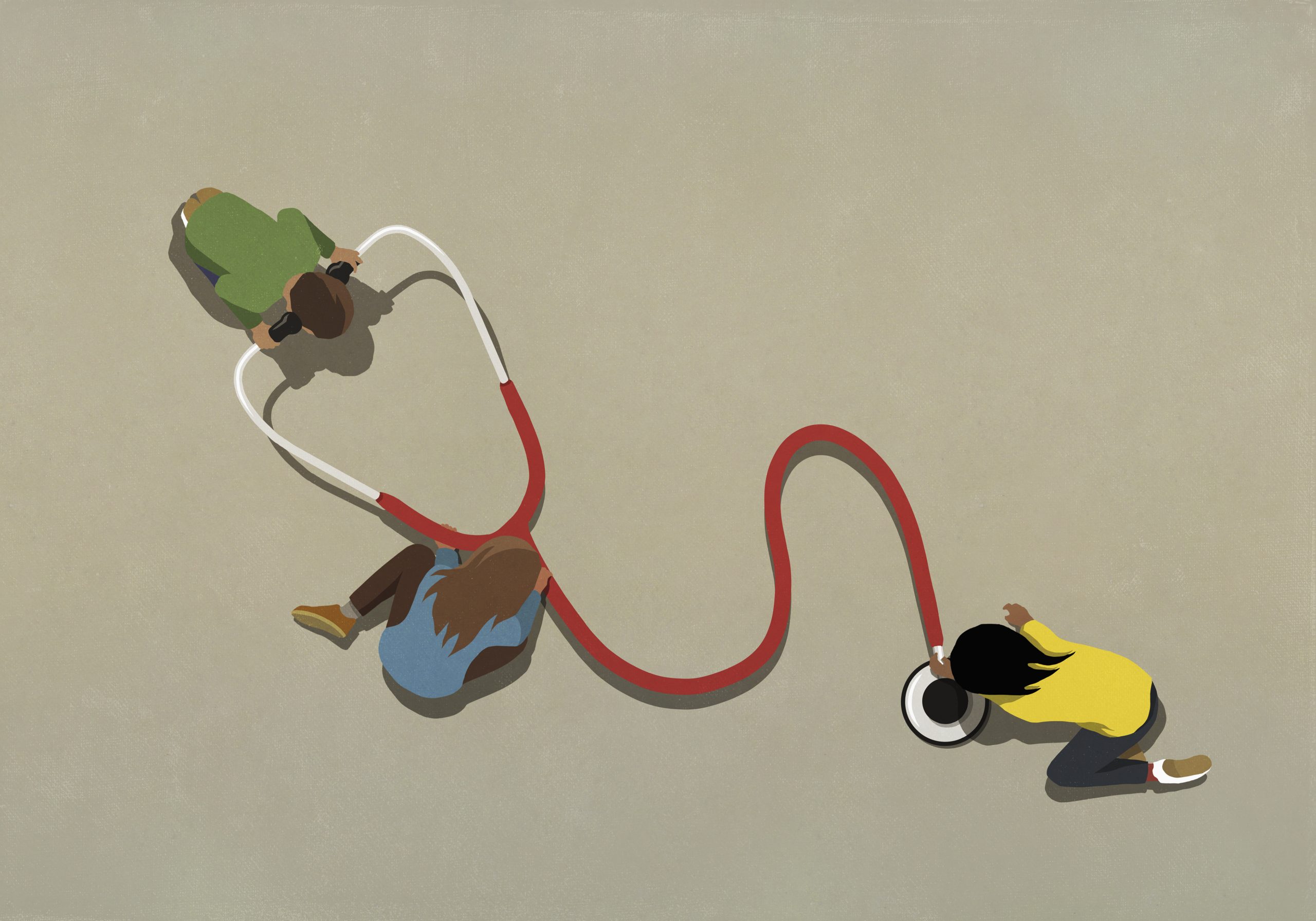The narrative of a rising cancer epidemic among young adults has gained significant traction in recent years. High-profile cases, such as the tragic deaths of actor Chadwick Boseman and the diagnosis of Catherine, Princess of Wales, have fueled concerns about early-onset cancer. However, emerging research suggests that the perceived surge may be more complex than initially believed, potentially influenced by increased screening and diagnostic practices.
A Closer Look at the Numbers
A recent study published in
JAMA Internal Medicine
sheds light on this issue, challenging the notion of a straightforward increase in aggressive cancer cases. While the data confirms that cancer diagnoses in individuals under 50 have nearly doubled since 1990 (from 30 to 60 cases per 100,000 people), the crucial detail lies in the type of cancers being detected. The study reveals that the incidence of metastatic cancers – those that are more aggressive or detected at a later stage – has not seen a corresponding rise.
The Diagnostic Mirage: Overdiagnosis and Increased Screening
This discrepancy suggests that a portion of the increase in early-onset cancer diagnoses may be attributed to what researchers call a “diagnostic mirage.” In essence, advancements in medical technology and increased screening efforts are identifying cancers that might have remained undetected in the past, potentially never progressing to a life-threatening stage. This phenomenon, known as overdiagnosis, raises important questions about the balance between early detection and the potential for unnecessary treatments and anxieties.
Implications and Future Directions
The findings of this study highlight the importance of nuanced interpretation of cancer statistics. While vigilance and early detection remain crucial, it’s essential to avoid creating undue alarm based solely on the overall increase in diagnoses. Further research is needed to understand the underlying factors contributing to early-onset cancer, including lifestyle choices, environmental exposures, and genetic predispositions. Additionally, refining screening guidelines to better distinguish between aggressive and indolent cancers could help minimize overdiagnosis and ensure that resources are focused on those who truly need them. The evolving understanding of cancer trends underscores the need for ongoing research and a critical evaluation of current diagnostic practices to optimize patient care.
Based on materials: Vox





